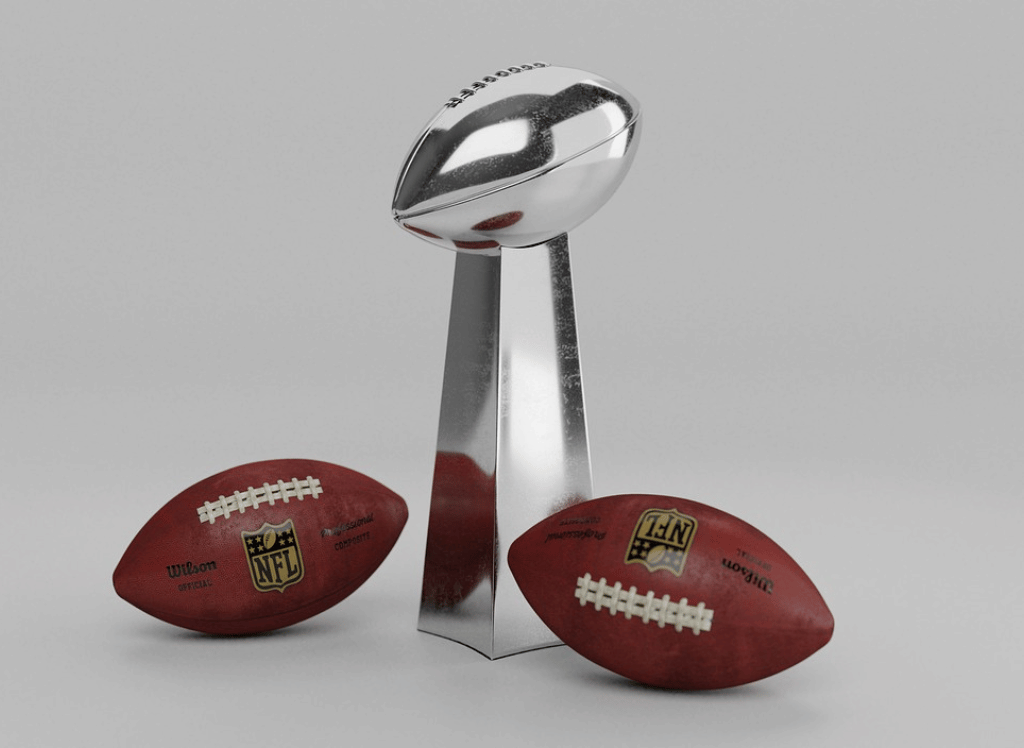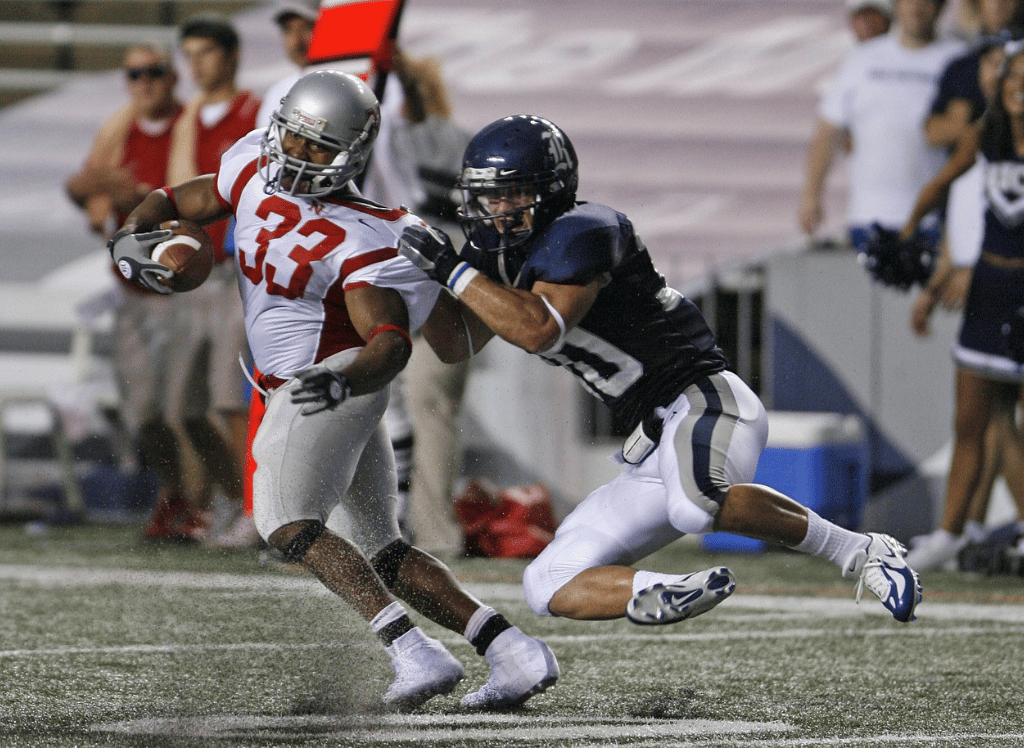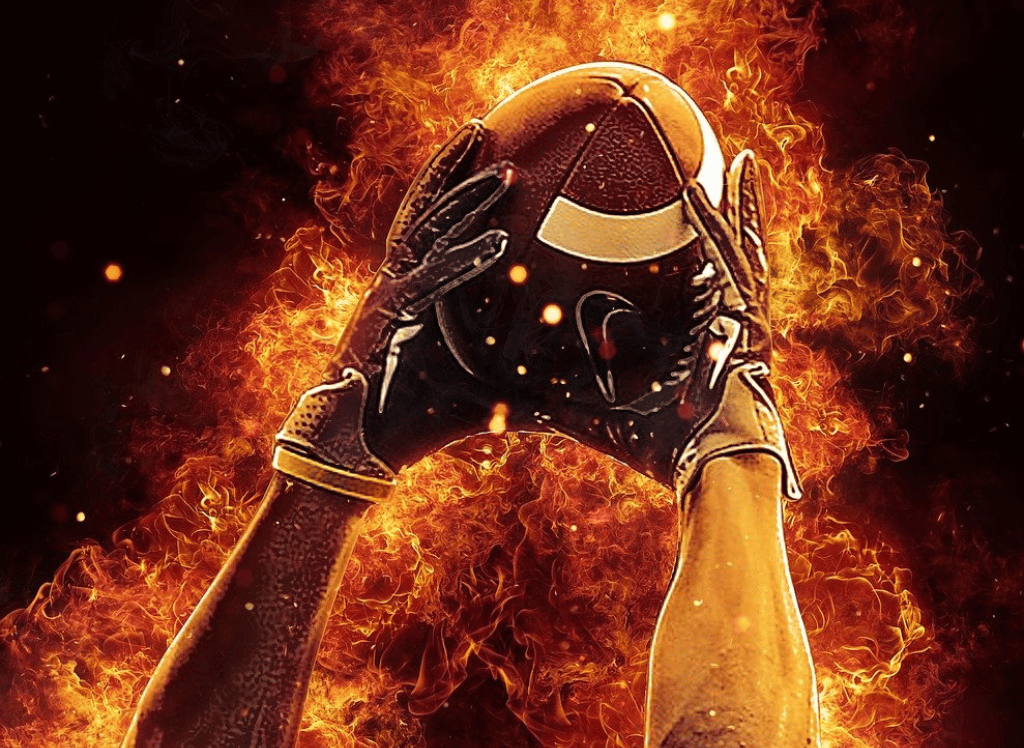Football, a high-impact sport, raises concerns about player safety. With Tua Tagovailoa experiencing at least 3 concussions in his young career, the focus shifts to the need for player protection beyond just quarterbacks. many are left wondering if it is just the quarterbacks that need protection?
What position in football gets the most concussions?
When it comes to American football, offensive and defensive linemen bear the brunt of the game’s physicality in the middle of the field. These players are shown in studies with the highest risk of concussions, primarily due to the frequent helmet-to-helmet hits they endure. Unlike other positions, linemen engage in repetitive head impact exposures on almost every play, making them prime candidates for traumatic brain injuries.
A recent study from Penn State University highlighted that offensive and defensive linemen experience the greatest elevations in TBI biomarkers during the season. This is not surprising, given the nature of their roles. They are constantly in the trenches, battling it out with their counterparts, which leads to incremental increases in head impact magnitude. The study also noted that these players had the highest risk of long-term effects due to the cumulative impact of these hits.
Defensive Backs
Defensive backs, including safeties and cornerbacks, are the last line of defense on the field. These players are often involved in high-speed collisions with wide receivers and tight ends, also putting them at significant risk for concussions. The nature of their position requires them to make quick, high-impact tackles, which can lead to traumatic brain injuries.
Wide Receivers
Wide receivers, known for their speed and agility, are at significant risk of concussions. These players often face high-intensity hits from defensive backs and safeties, especially during offensive running plays. The momentum prior to these collisions can be substantial, leading to severe head impacts.
A decade ago, the focus was primarily on linemen, but recent research has shown that wide receivers are not far behind in terms of concussion risks. The high-speed nature of their position means that even a single hit can have devastating consequences. Monitoring head impact exposures for wide receivers is crucial, as they often experience significant momentum during plays, increasing the likelihood of traumatic head injuries.
Tight Ends
Tight ends are versatile on the offense, however, it comes at a cost. Tight ends are exposed to high-intensity hits from both blocking defensive players and getting tackled by defensive backs, making them vulnerable to concussions. Their position requires them to block like linemen and catch passes like wide receivers, putting them at risk from multiple angles.
Reducing Risk
Given the high risk of concussions in football, implementing safety measures is crucial. Monitoring head impact exposures and using advanced helmet technology can help reduce the risk of traumatic brain injuries. Pre-season biomarker elevations can also provide valuable insights into players' health, allowing for better management of their well-being throughout the season.
How to prevent concussions in football?
Recent studies have shown that even incremental increases in safety measures can have a significant impact on reducing concussions. For example, limiting helmet-to-helmet hits and enforcing stricter penalties for dangerous plays can help protect players. The NFL has implemented a lot of changes recently to limit those large hits. For example, the 2024 has started a new kickoff rule to help with limiting those collisions. Additionally, educating players about the risks and symptoms of concussions can lead to better self-monitoring and reporting of injuries.
Football Concussion FAQs
What position gets the most concussions in football?
Offensive and defensive linemen are at the highest risk of concussions due to frequent helmet-to-helmet hits and repetitive head impact exposures.
Why are wide receivers at risk for concussions?
Wide receivers face high-intensity hits from defensive backs and safeties, especially during offensive running plays, leading to significant momentum and severe head impacts.
How can football players reduce the risk of concussions?
Implementing safety measures such as monitoring head impact exposures, using advanced helmet technology, and enforcing stricter penalties for dangerous plays can help reduce the risk of concussions.
Summary
Football is a dangerous sport, with certain positions facing higher risks of concussions than others. Offensive and defensive linemen, wide receivers, tight ends, and defensive backs are among the player positions with the highest risk of traumatic brain injuries. Monitoring head impact exposures and implementing safety measures are essential for reducing these risks and protecting players' long-term health.









